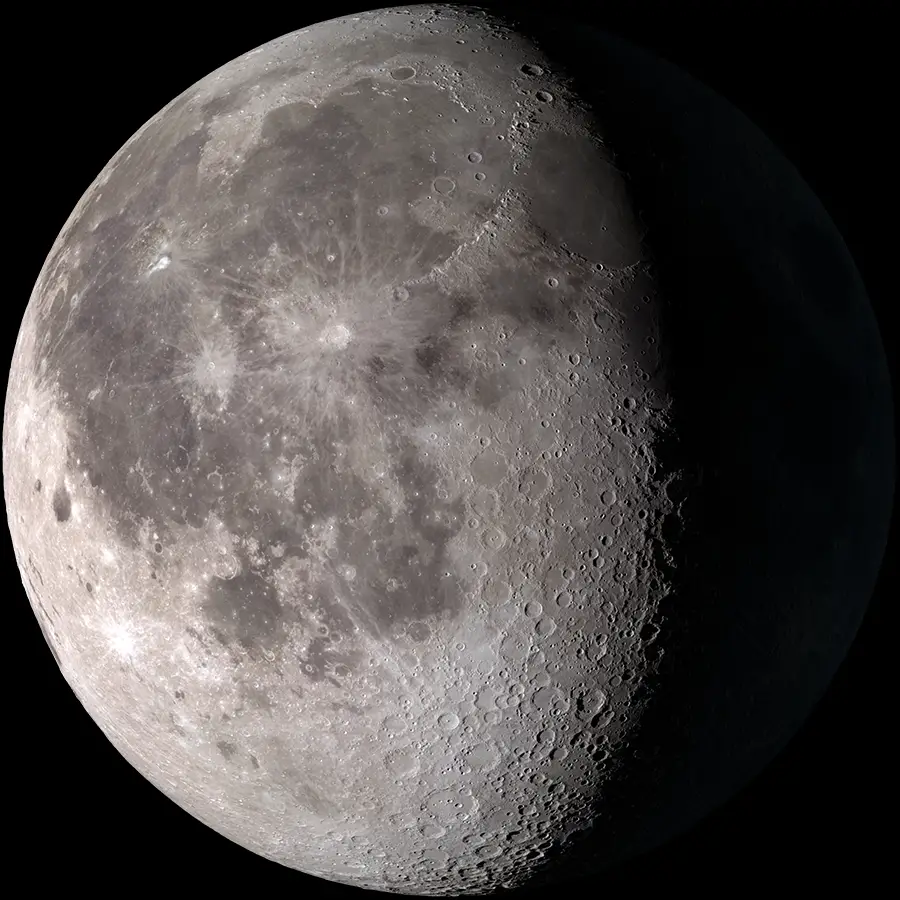

#Moom phase last night full
“In some cultures, the full moon each month is given a particular name to help keep track of time and the seasons,” Patel said. The Jewish and Islamic calendars are also based on the moon.Īnd Chinese, Vietnamese, Hindu and Thai calendars are also still based on the moon. If the full Moon falls on a Sunday, then Easter is the next Sunday. Easter Sunday falls on the first Sunday after the full moon that occurs on or after the Spring equinox. The date of the Christian festival of Easter, for example, is calculated using the moon. The average length of a calendar month is very close to the 29.5 days it takes for the moon's phases to cycle through. In the Gregorian calendar, years are divided into into months, which comes from the word “moonths”. “Throughout human history, a lot of different civilizations and cultures have used the moon to dictate their calendars,” Patel said. Here you can see what all the phases of the moon look like. At all other times, the far side is at least partly illuminated, she said. That far side is only very rarely completely dark – during a Full Moon when our side is completely illuminated. “The moon doesn't have a dark side, it has a far side,” Patel said. It may be a common phrase, but, according to Patel, it's not the right terminology to use. People often refer to the side of the moon that always points away from us as the “dark side of the Moon,” perhaps in part due to the Pink Floyd album of the same name. When sunlight is partially falling on our side and partially on the other we see the intermediate phases such as crescent, quarter and gibbous moons, according to Sky and Telescope. When it occasionally does we see a solar eclipse. Again, the tilt of the moon's orbit usually prevents the moon from blocking our view of the sun. When the moon is between Earth and the sun, sunlight is completely illuminating the half facing away from us and so we see no light at all, or a New Moon. When Earth does block the light, we see a lunar eclipse.ĭuring a total solar eclipse – when the sun is obscured by the moon – the Sun’s corona, only visible during the total eclipse, is shown as a crown of white flares from the surface. Earth normally doesn't block the sunlight because the Moon's orbit is slightly tilted. This happens when the moon is on the opposite side of the Sun from Earth. Sometimes the illuminated half of the moon coincides with the half facing Earth.

“The moon spins on its axis and orbits the Earth in the same amount of time – it's called synchronous rotation,” Patel said. The same half of the moon always faces the Earth, too. The same goes for the Earth – half of us experience daylight while the other half experience night. “Wherever the moon is in its orbit around the Earth, it is always half lit up by the sun.” Patel told Live Science. “The moon is only visible to us because it is reflecting the sun's light,” said Dhara Patel, a space expert at the United Kingdom's National Space Centre in Leicester. (Image credit: NASA Goddard) Why does the Moon have phases?

This is what is known as a waxing crescent moon. It takes 29.5 days to go through this cycle of phases once, according to the Lunar and Planetary Institute. So a waning gibbous comes first, followed by a last quarter moon, a waning crescent and then a new moon once more. (It comes from an old Middle English word for "hump" because that's the shape it resembles in the night sky.) After the moon is full we say that the moon begins to wane. Next comes a waxing gibbous moon - part way between a first quarter and a full moon. During a first quarter moon, skywatchers see a quarter of the entire Moon illuminated. But if you think about it, the moon can be split into four quarters: two on the side of the moon facing us and then two on the side that faces away from the Earth. Over time, we begin to see more of it and we say the moon is waxing.įirst, we see a waxing crescent, then a so-called “ first quarter moon.” It's a slightly confusing name because it actually appears as a half-illuminated moon in the night sky. We say the moon is " new" when there's no light from the moon reaching Earth. Here's what it will look like tonight: What are the moon's phases? In fact, it is possible to work out the dates we'd see these phases for the next 50 million years. As the phases are the moon are caused by the moon's orbit around Earth, they are entirely predictable.


 0 kommentar(er)
0 kommentar(er)
